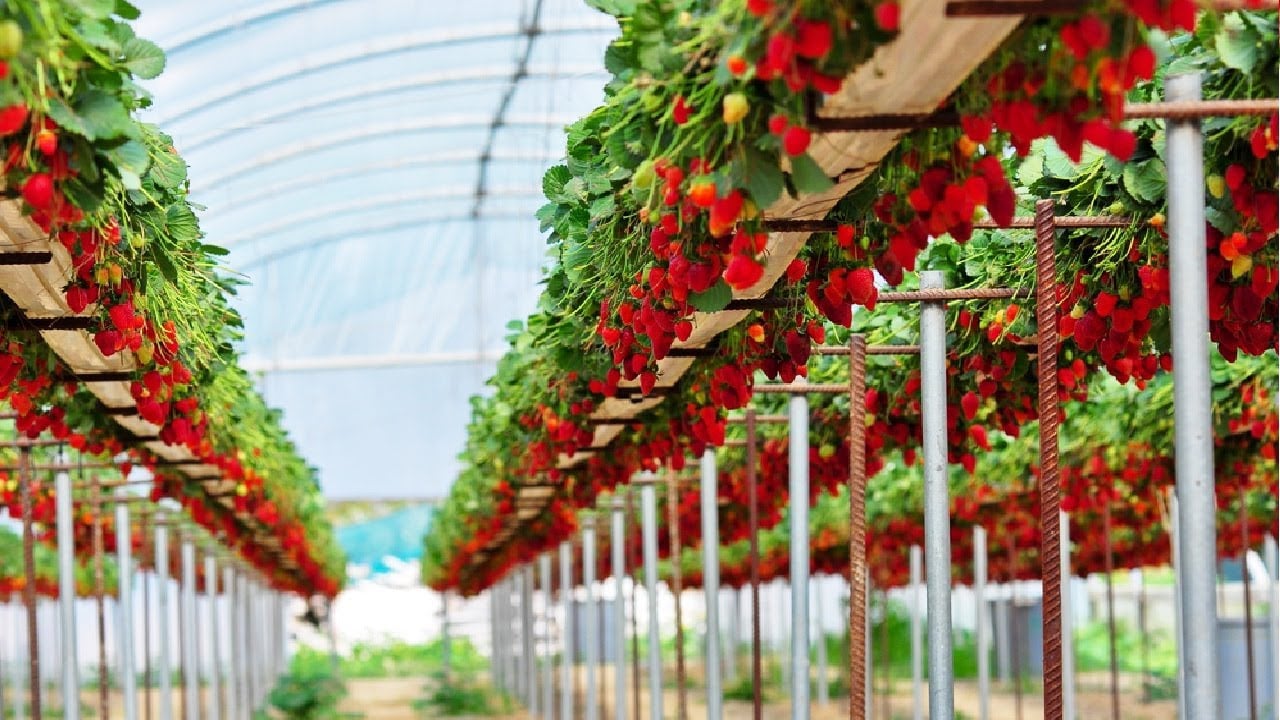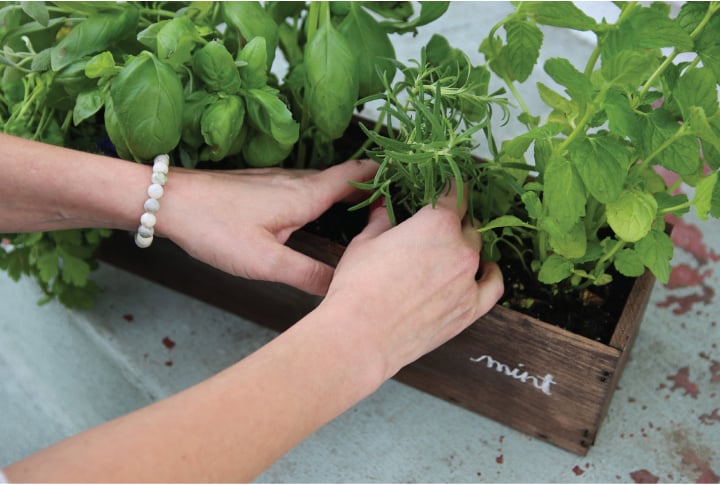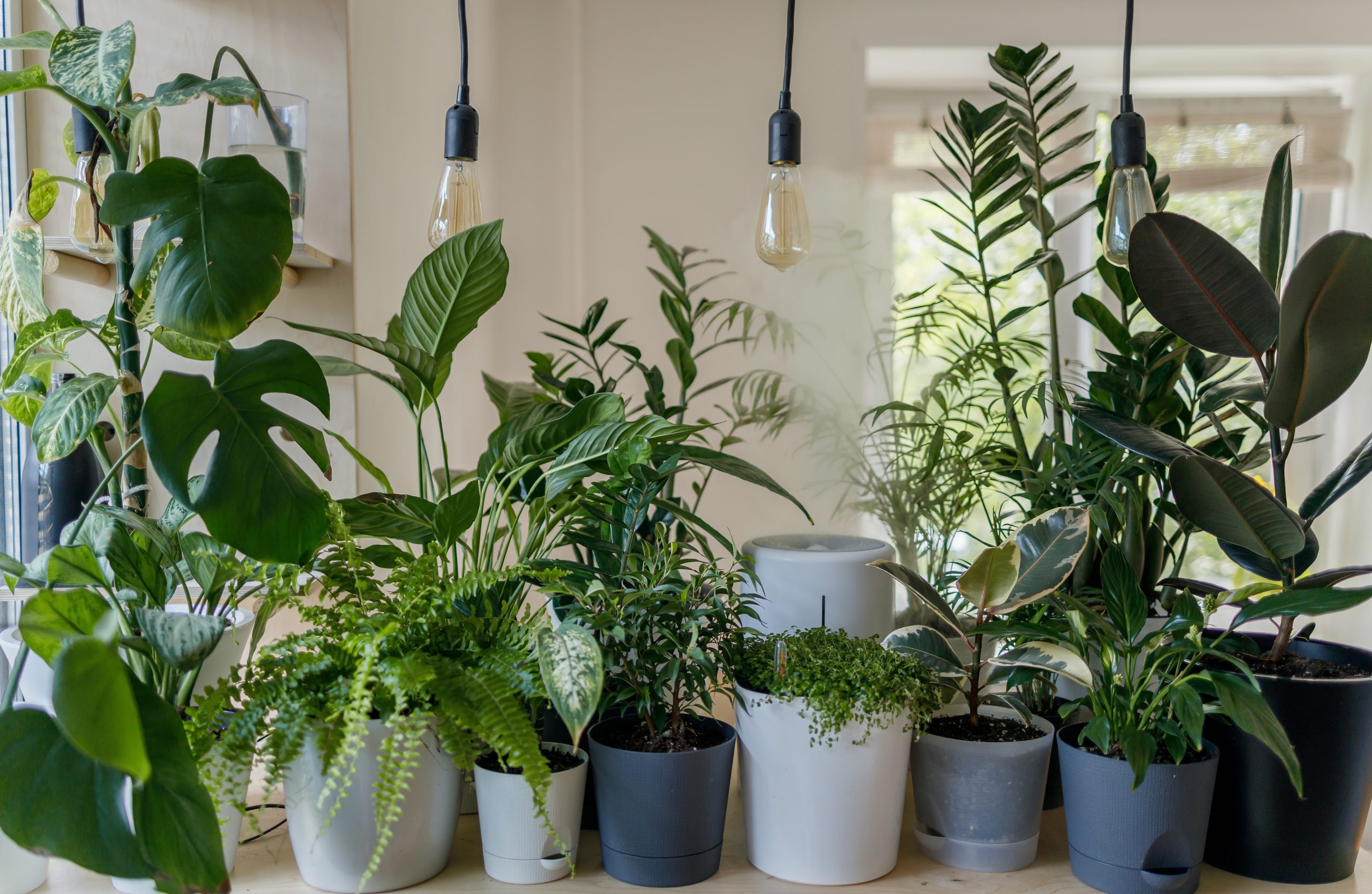How to Grow Cress Indoors: 5 Easy Steps to Follow
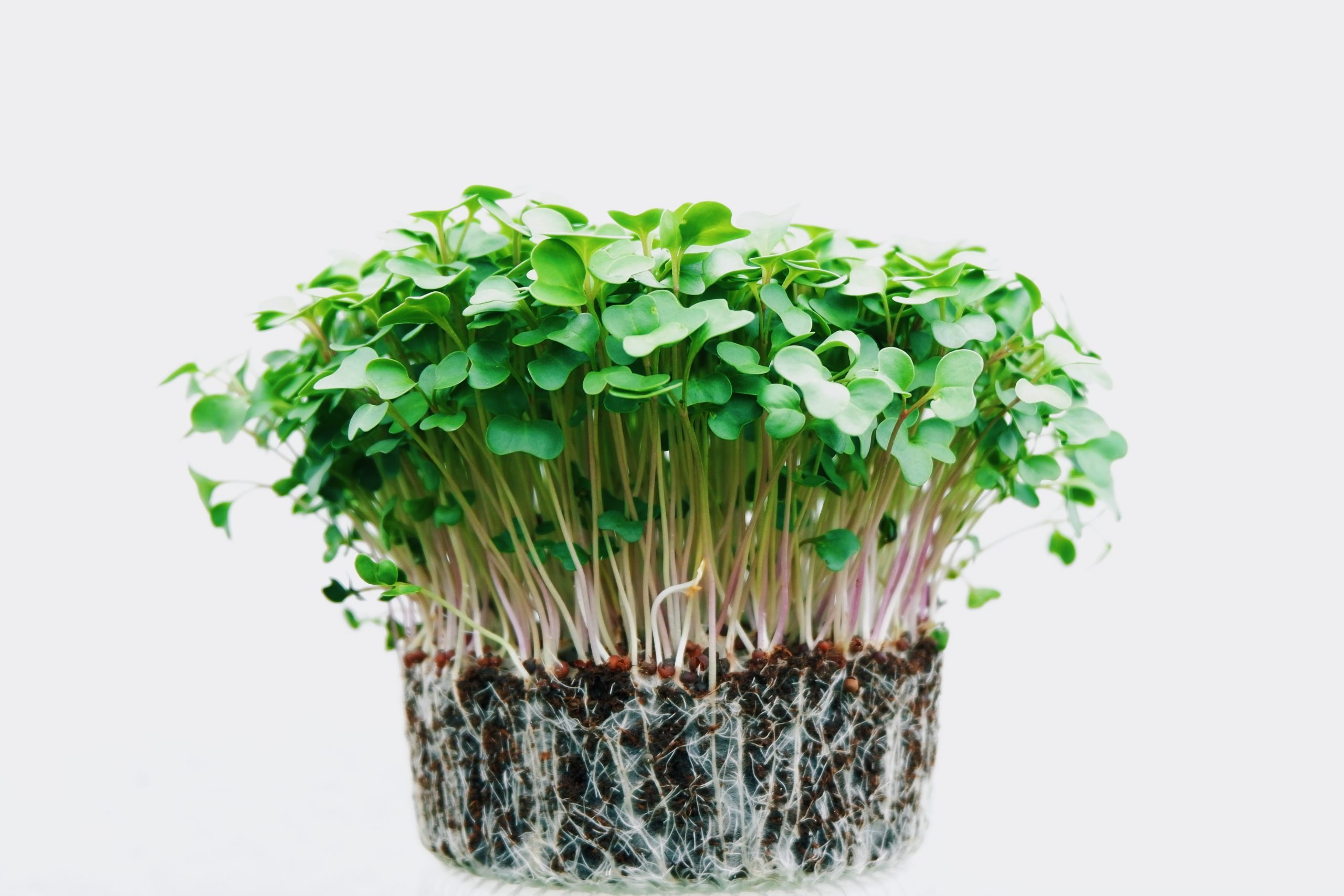
Table of Contents
Are you tired of waiting for a perfect season to grow any botanical marvel in your garden? Not to worry anymore! Growing cress indoors gives you a remarkable opportunity to infuse your living space with a delightful touch of greenery and all while having the advantage of having a vibrant and nourishing ingredient for your kitchen. Irrespective of whether you have a spacious garden or a compact apartment. This plant can effortlessly nurture within the confines of any environment, and that too in any season!
In this article, we will accompany you on an illuminating process that will guide you on how to grow cress indoors, from the selection of the ideal cress variety to harvesting your very own yield.
Without any further delay, let us start on this exploration of the enchanting world of cress.
How to Grow Cress Indoors
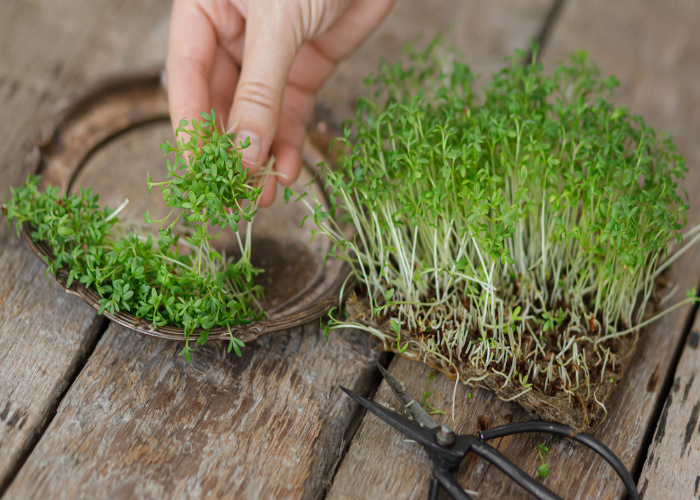
Step 1: Preparing the Planting Containers
- Cleaning: Before you start the task, ensure that you clean the container you are going to use. Wipe dirt or debris that can prove to be toxic to them in the future. You may wash it with soap and warm water and rinse it properly.
- Making holes: If your container already has holes for drainage, then you may take the next step. However, if not, please drill some small holes to prevent waterlogging, which can lead to root rot.
Step 2: Sowing the Cress Seeds
- Moisten the Soil: When you add the soil to the container, make sure it is crumbled. After that, you may add some water to it but make sure you do not overwater it.
- Sowing process: This step is fairly easy; you just have to sprinkle the seed evenly on the surface of the soil. Then add a thin layer of soil over it and press it gently into the soil.
Note: Different kinds of cress seeds need different caring processes; please refer to the instructions mentioned in the seed packet.
Step 3: Providing Optimal Growth Conditions
- Cover the container: Covering the container will help to maintain the moisture. You may use a humidity dome for this purpose. If you don’t have that option, you can cover it with a moist towel.
- Place in a bright location: Keep the container in which the seed was sown near a window where it can receive direct sunlight for at least 3-4 hours a day. If this is not possible for you, then you may use fluorescent lights along with the sunlight. However, this artificial light won’t be effective if not accompanied by sunlight.
Step 4: Caring Tips
- Watering: These plants need frequent moist soil. Don’t forget to water them and keep them moist throughout. However, it is not advisable to overwater them as it will lead to root rot. As mentioned earlier, use a spray rather than directly pouring water on them.
- Thinning: Once they start growing, remember to remove weak or diseased parts so that they don’t affect the entire plant. This will allow the emerging part, which is in better condition to grow fully.
Step 5: Harvesting Techniques
- Time: When do you know the cress is ready to harvest? The simple answer is in 2 weeks.
- Height and size: Cress is ready to be harvested when they reach a desirable height and size. If they haven’t grown in two weeks, then wait before cutting them. But if they have, use scissors or small pruning shears and cut the leaves slightly above the soil level. If you cut the outer leaves and leave the smaller ones, it will allow the plant to grow and ensure there is a frequent supply of fresh cress.
Benefits of Growing Cress
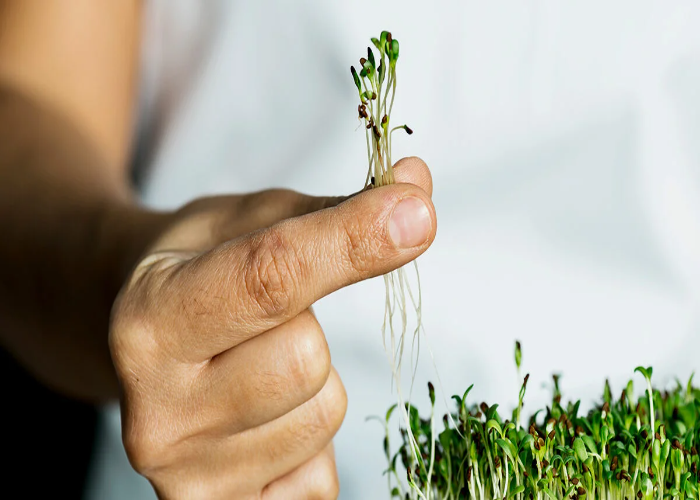
1. Nutrients & Fast Growth
- Nutrients: Cress is filled with nourishing herbs, providing a range of vital elements such as vitamin A, vitamin C, vitamin K, calcium, iron, and potassium, all of which are accompanied by antioxidants.
- Fast-Growth: Cress stands as an exemplar among other herbal plants with one of the fastest growth that allows you to have fresh herbs within its initial sowing period. They demand minimal effort and can reach maximum growth within one to two weeks.
2. Availability and Compact Size
- Availability: By engaging in the practice of cultivating cress indoors, one can relish the freshness of greens regardless of the season. This plant liberates its growth without any weather restrictions or limitations posed by cultivating in an open-air environment.
- Compact Size: Cress is a small herbaceous plant that has the ability to thrive within confined places and demands only a small allocation of space for its cultivation. With small pots and containers or even perched upon a stable windowsill, the cress shows its charm in apartments, kitchens, and any limited space.
3. Aesthetically Pleasing & Cost Efficient
- Aesthetically Pleasing: Cress, with its green leaves, adds to your interior surroundings a delightful appearance and thereby enhancing the visual appeal of your living space or kitchen.
- Cost Efficient: Purchasing cress from the supermarket can prove to be pricey, but opting to cultivate it within the confines of your own home presents an opportunity for long-term financial savings. A small sachet of cress seeds possesses the potential to yield numerous harvests, thereby proving it a cost-effective alternative.
Types of Cress Varieties
There is a diverse range of cress species. While an exact number of these plants can be difficult, as they can have different characteristics like taste, growth rate, uses, etc. However, below are the most common cress species-
1. Watercress (Nasturtium Officinale)

Watercress, a renowned species, flourishes in aqueous environments or moist regions. It has small, deep-green leaves with a peppery taste. It is abundant in essential vitamins A and Vitamin C.
2. Garden Cress (Lepidium Sativum)
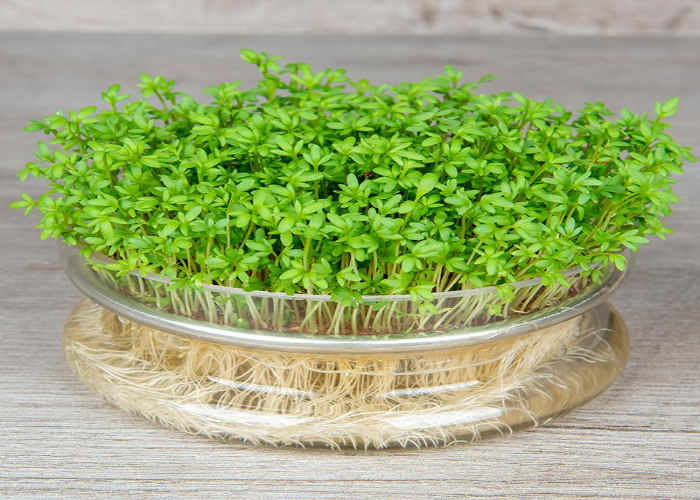
Garden cress, a common breed, showcases fast growth with its delicate, curly leaves and a gentle, peppery essence. This species is commonly used in salads and sandwiches and as a tasteful embellishment, adding an element of visual and culinary finesse.
3. Upland Cress (Barbarea verna)
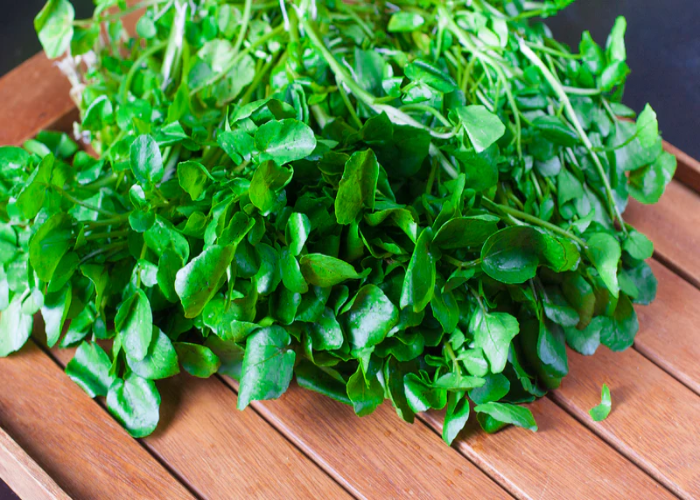
Upland cress, commonly referred to as winter cress, exhibits elongated, dusky green leaves endowed with a slight taste of bitterness. This cold-resistant species demonstrates a remarkable resistance to chillier climates that makes it an easy choice for cultivation even in lower temperature zones.
4. Land Cress (Barbarea vulgaris)
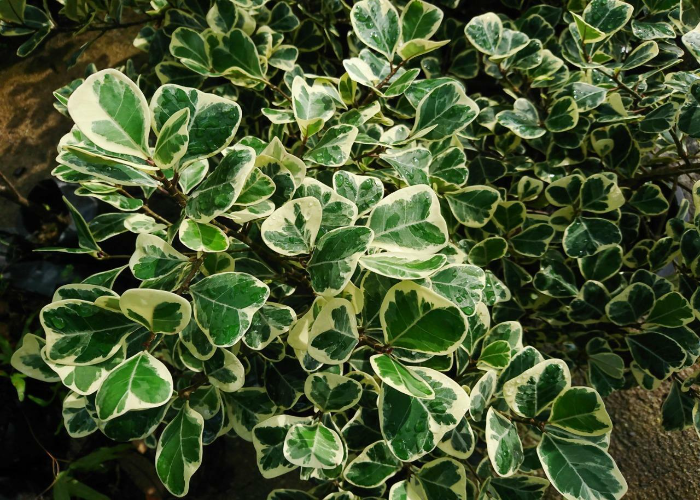
Land cress, similar to upland cress, possesses a profound green hue and a slightly tangy taste. It needs cooler zones and can be grown in both ground and containers!
5. Heartleaf Stonecress (Aethionema cordifolium)
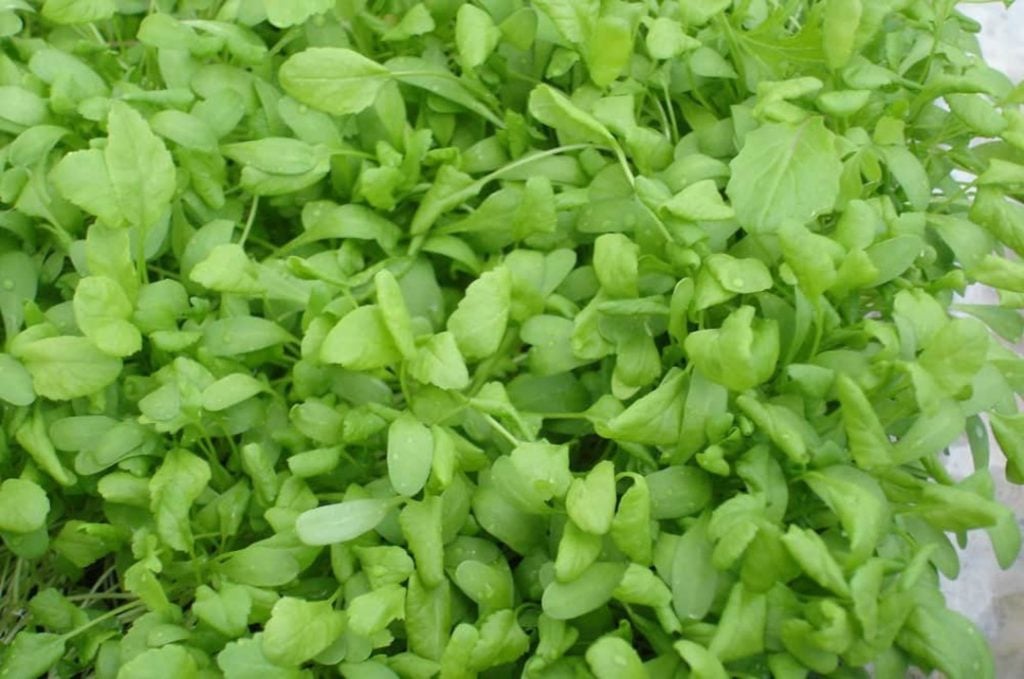
Broadleaf cress, with its expansive, heart-shaped leaves and pink or purple blooms, gives a decorative aesthetic appeal alongside its culinary applications. This multifaceted herbaceous species can be cultivated for its ornamental value, adding a touch of visual allure to gardens and landscapes.
Materials and Equipment Required
- Cress Seeds: While getting cress seeds, make sure they have high-quality, and also, don’t forget to check whether that particular specie is suitable for indoor or outdoor situations.
- Containers: This is the container where you are going to fit the seeds for further growth. Small pots, trays, or any other container with small holes will make sure good drainage is ideal.
- Spray bottle: Remember that these plants do not require a large amount of water due to their small size and also low water requirement. Buy a spray bottle so that you give them enough but not excess water.
- Sunlight: These plants need bright sunlight but in a shaded area. Make sure you place them in a suitable place, such as a window facing the east. However, you can use fluorescent light along with weak sunlight for optimum growth.
- Scissors/Small pruning equipment: Pruning is always an essential task. It will reduce the spread of any disease and also motivate them to grow.
Summing It Up
Cultivating cress indoors presents a splendid opportunity to incorporate greenery into your living environment, irrespective of its dimensions or the prevailing season. With its rapid growth and compact stature, cress emerges as an ideal herb to foster within the space of your indoor abode.
Whether you possess a large area of land or live in a small apartment, cress thrives in pots, containers, or even on a windowsill, augmenting the allure of any small domain. In a matter of mere weeks, you shall get the bountiful rewards of harvesting your cress and enriching your meals with the essence of its freshly-picked, savoury foliage.
The practice of cultivating cress indoors and using them in food items is a pleasurable and good experience that will bring nature’s goodness to you and to your home!
Frequently Asked Questions (FAQs)
How Much Sunlight Is Required in Cress When Growing Indoors?
Cress flourishes in bright, indirect sunlight when cultivated indoors. Ideally, it should be kept in the sunlight for approximately 6 to 8 hours on a daily basis. In a place where natural light is restricted, one can provide them with artificial lights, which should be positioned a few inches above the cress plant. Doing this will help in the optimum growth of cress.
How Much is the Water Requirement in The Cress?
In order to have a healthy development, it is important to uphold constant moisture for your indoor cress. Hydrate the cress foliage as soon as the uppermost layer of soil is dried. Try to maintain consistent dampness within the soil, exercising caution to avoid the practice of excessive irrigation, which can lead to root decay. It is essential to water the cress plants once or twice daily, keeping in mind the atmospheric circumstances and the water-holding capabilities of the soil.
What is an Ideal Temperature for Growing Cress Indoors?
Cress prefers cooler climatic conditions, rendering it highly compatible with indoor nurturing. Ideally, strive to sustain a temperature of 15-20°C (59-68°F) to have optimum growth. By establishing an environment that is pleasantly cool and agreeable, you guarantee proper growth and a copious yield of crisp, verdant cress leaves.

